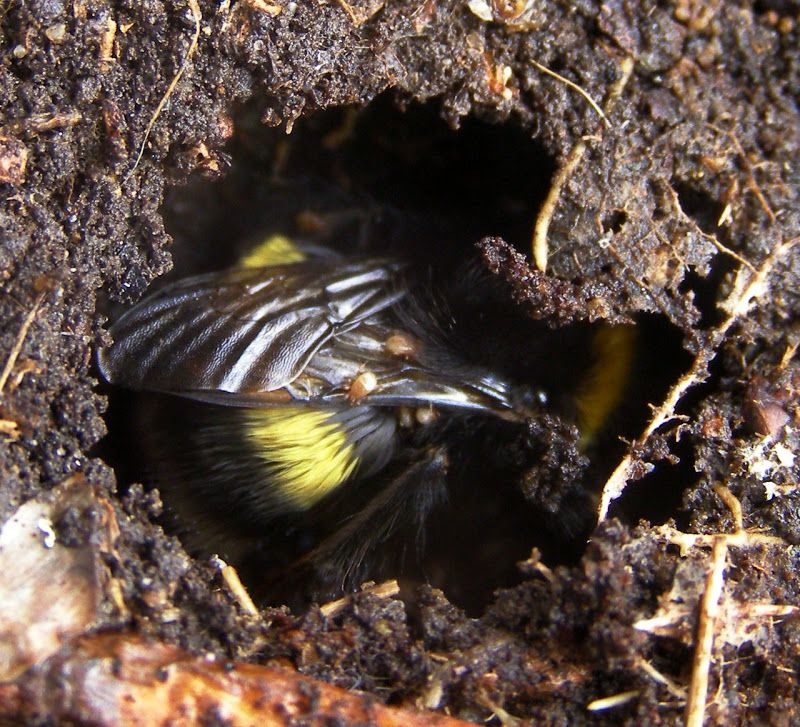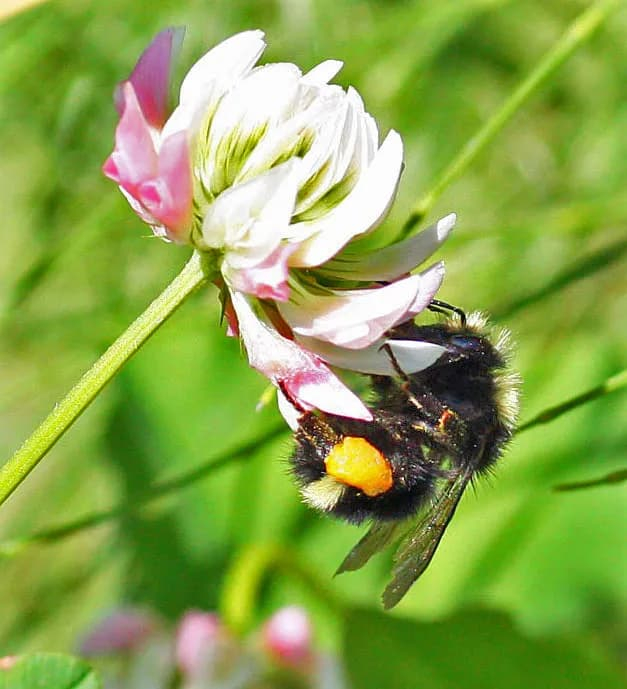Bumblebees

A Bumblebee is any of the more than 250 species that make up the genus Bombus, which is a member of the bee family Apidae. Although a few extinct similar genera (like Calyptapis) are known from fossils, this genus is the only living member of the tribe Bombini. Although a few lowland tropical species have been identified in South America, they are mostly found in higher latitudes or altitudes in the Northern Hemisphere. New Zealand and Tasmania have also received European bumblebee introductions.
Bumblebees can spend a significant portion of their lives hibernating, and some queen bees can do so for up to nine months or about three-quarters of their lifespan. Male and worker bee populations decline when the temperature drops, but the queen overwinters and lives. She spends the winter in a hole in the ground, a decaying tree stump, or under some leaves. Six to eight months later, she will reappear, warm up, and then locate a suitable location to build a nest and start a brand-new colony of bees. Hibernation is crucial because it shields the queens from the difficulties of life above ground, including the dangers of predation, malnutrition, and infections.











